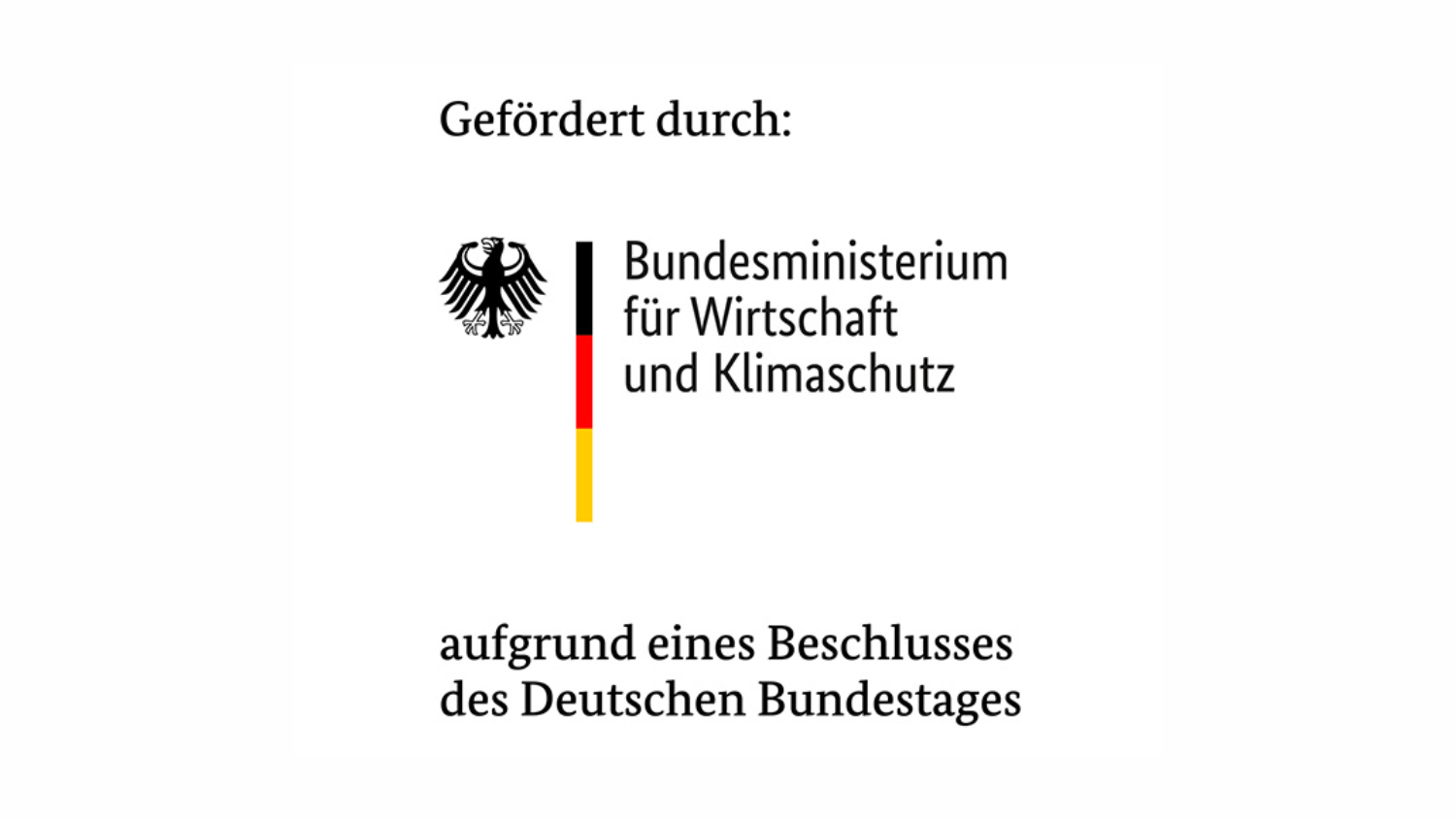WARAN – Integration and grid-serving usage of heat

The heat transition is an indispensable step towards a climate-neutral energy system, as approximately one-fifth of CO2 emissions in Germany originate from building heating and cooling, as well as hot water provision. Sector coupling between electricity and heat offers potentials to flexibilize the load from heating systems. The electricity consumption of heating systems can thus be adapted to the increasingly volatile renewable energy production, optimizing grid utilization. In the WARAN project, the intelligent measuring system (iMSys) is enhanced for measurement and control in the heating sector and tested in real-world laboratories. This enables the coupling of the electricity and heat sectors in a digitized overall system.
Motivation
Millions of small-scale, decentralized consumption and generation units of electricity and heat need to be integrated into our energy system which is increasingly powered by renewable, volatile sources. On the one hand, this requires adaptation of flexible consumption devices such as heat pumps and wall boxes to the volatile generation of electricity from renewable sources. On the other hand, the utilization of the flexibility of generation and consumption units is needed to reduce the load on the electricity grid.
Smart meters, also known as intelligent measuring systems, are the basic digital technology to enable this. Their functionalities, such as the transmission of measurement and control signals via Smart Meter Gateways (SMGW), not only allow the integration of small-scale flexibilities into the energy system but also offer opportunities for producers, consumers, and prosumers to activeely participate in and financially benefit from the future energy market.
The digitization of the energy transition in Germany has been slow in recent years. In particular, the heating sector, including individual heating systems with heat pumps and centralized heating networks, has significant potential to reduce greenhouse gas emissions. Heating accounts for over 50% of the final energy consumption in Germany and is largely based on the combustion of fossil resources, resulting in high greenhouse gas emissions.
Project Objectives
The WARAN project thoroughly examines, technically prepares, and tests the sector coupling of electricity and heat in real-world laboratories. In the project, measurement and control via iMSys in the heating sector is enabled. To this end, electricity-to-heat systems are connected to the iMSys for data acquisition and control via the CLS communication channel.
The focus is on integrating heat pumps, as well as other heating and cooling devices, customer systems, and heat exchangers in heating networks. The project investigates the impacts on electricity grids and tests use cases such as the grid-friendly operation of electricity-to-heat systems in living labs.
Furthermore, a field test aims to integrate the existing hybrid power plant “HyRek” into a virtual power plant for the utilization of surplus renewable energy and grid- and system-friendly purposes via the iMSys infrastructure.
Additionally, WARAN aims to develop value-added services (including flexibilities and storage potentials) within the scope of digitized sector coupling, identify regulatory and commercial questions, and contribute them to standardization processes.
Project Structure
The project is divided into 8 work packages (WPs). Starting with requirement definition and concept creation (WP1) as a foundation, technical solutions in the areas of “Electricity-based heat/cold generation and thermal storage” (WP2), “Smart heating networks” (WP3), and “Solutions for cross-sectoral heat transition” (WP4) are implemented in the Technology Development cluster through three WPs. Finally, laboratory and field tests are conducted (WPs 5 and 6). Additionally, business models, customer applications, and potential further utilization are outlined (WP7), and proposals for standardization and acceleration of the rollout of iMSys are brought into the agile development process with BMWK, BSI, BNetzA, and other relevant authorities (WP8).
The FfE leads the development and elaboration of the use cases to be implemented in WP1. It also takes on the examination and energy-economic evaluation of the impacts of use cases on the electricity grid by further developing the existing distribution network model GridSim with a focus on the sector coupling of electricity and heat (WP2). Furthermore, FfE acts as a neutral scientific project partner for the scientific support of laboratory and field tests (WPs 5 and 6) and contributes its energy-economic expertise to WP8.
FfE’s project contents
- Use case development,
- determination of flexibility potential from heating and cooling systems,
- identification and energy-economic evaluation of the resulting grid load from various operating modes of heating and cooling systems for different low voltage grid types,
- accompaniment of laboratory and field experiments as a neutral scientific partner, as well as result synthesis and communication of results to relevant committees.
Methodology
FfE will lead the use case development in the project. The FfE use case methodology will be employed and further developed. It begins at the level of business use cases, where initial ideas are translated into a rough concept that defines roles, responsibilities, and relationships among the involved stakeholders. Building upon this, technical use cases are developed, focusing on the technical components and their functions. Finally, the use cases are integrated into an overarching concept serving as the basis for successful implementation in the living lab.
Additionally, FfE is developing a model to map thermal flexibility potential and derive electrical flexibility potential for various applications, including a systematic approach to represent different building types and characteristics in the model. Based on this, the regional flexibility potential from heat pumps is determined.
By integrating flexibility potentials into the distribution network model GridSim, the resulting grid load from heating and cooling systems, as well as the effects of various operational strategies of the systems on network expansion needs, are determined. The results are then economically categorized, evaluated, and forecasting methods for grid load from electric heating and cooling systems are identified.
Funding
The research project is funded by the Federal Ministry for Economic Affairs and Climate Action (BMWK) (Funding Code: 03EI4078C).








